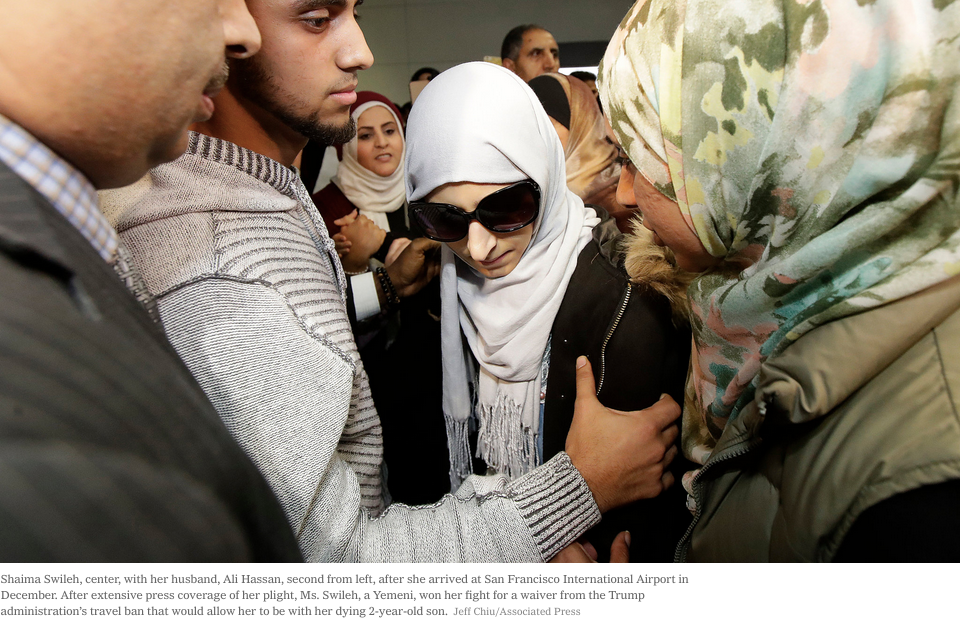wo years ago this week, President Trump signed an executive order banning travelers from a number of Muslim-majority countries from entering the United States. The fallout has been dire.
A teenage Syrian girl who survived a bombing and is in urgent need of reconstructive surgery was barred from traveling from Germany to the United States to seek medical treatment. A 7-year-old Somali boy, whose father died, was prevented from reuniting with his mother in the United States. One American citizen was forced to move to Syria in order to live with her husband, who was barred from coming to the United States. In fact, hundreds of people from Yemen alone who had already undergone vetting and received visa approval notices from the State Department have since had those approvals rescinded or been barred from traveling to the United States.
Our organization, the International Refugee Assistance Project, was among the groups that filed the first challenge to the executive order, and we won a series of injunctions temporarily blocking the ban from being enforced. But in June the Supreme Court upheld a modified version of the ban in a 5-to-4 decision. The majority sided with the Department of Justice, which had claimed that a “robust” waiver process would allow citizens from the blacklisted countries to enter the United States if they met certain reasonable criteria. The Trump administration had cited this as evidence that the travel ban was rooted in national security concerns and not in the discriminatory intent to ban people on the basis of their religion.
This assurance was a key rationale for the court’s decision. Chief Justice John Roberts’s majority opinion argued that a waiver process would provide humanitarian exceptions to the ban and thus supported “the government’s claim of a legitimate national security interest.” However, in their separate dissents, Justice Stephen Breyer raised serious concerns about the waiver process, and Justice Sonia Sotomayor argued that it was a “sham.”




